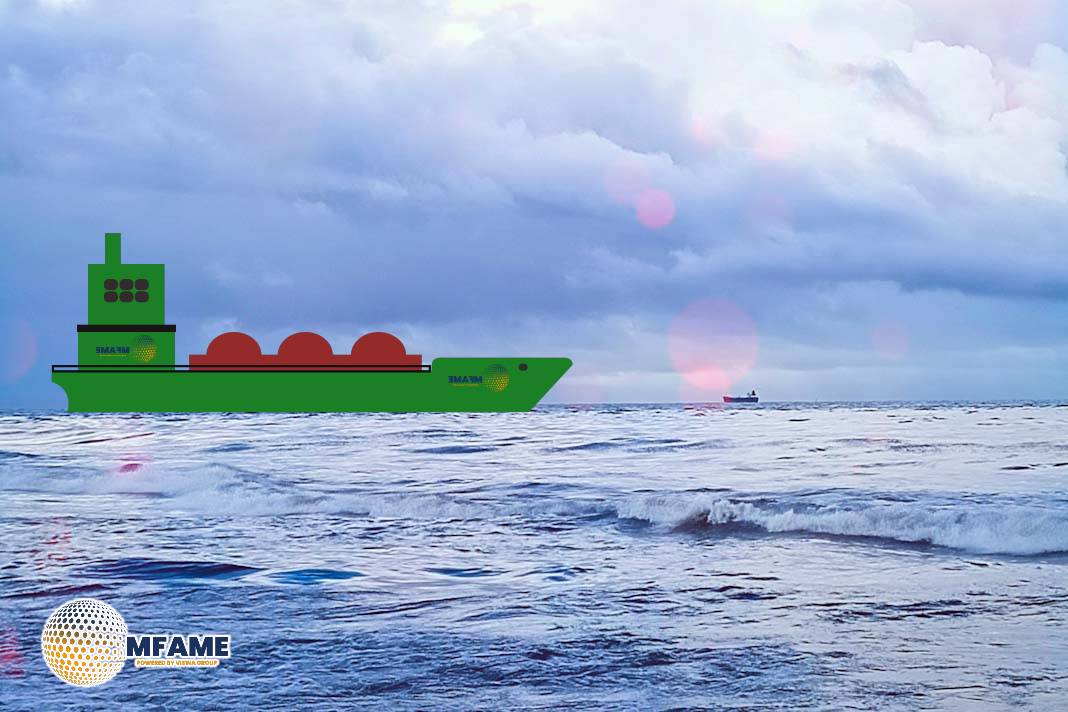The International Gas Union (IGU) has released its World LNG Report for 2025, which reveals that global liquefied natural gas (LNG) trade experienced a growth of 2.4% in 2024, reaching a total of 411.24 million tonnes (MT). This trade connected 22 exporting markets with 48 importing markets worldwide, reports Safety4sea.
Notable Increase
According to the International Gas Union (IGU), the global Liquefied Natural Gas (LNG) trade experienced a notable increase of 9.82 million tons (MT) in 2024. This growth was primarily fueled by rising output from several key exporting nations:
- United States: +3.89 MT
- Russia: +2.16 MT
- Indonesia: +2.02 MT
- Australia: +1.48 MT
- Trinidad and Tobago: +1.38 MT
On the import side, volumes saw significant shifts towards:
- China: +7.45 MT
- India: +4.19 MT
- Egypt: +2.65 MT
- Brazil: +2.28 MT
- South Korea: +1.84 MT
Top LNG Exporting Countries in 2024
In 2024, the United States solidified its position as the leading global LNG exporter, shipping 88.42 million tonnes (MT), an increase from 84.53 MT in 2023. Australia remained the second-largest exporter with 81.04 MT, up from 79.56 MT. Qatar held the third spot, though its export volume slightly decreased to 77.23 MT from 78.22 MT. Following these top three, Russian exports significantly increased by 2.16 MT to 33.53 MT, and Malaysia exported 27.73 MT. Mexico and Congo also joined the ranks of exporting markets in 2024 with the commissioning of their respective Floating LNG (FLNG) facilities.
Asia Pacific Emerges as Leading LNG Import Region
The Asia Pacific region emerged as the dominant LNG import market in 2024, with volumes surging by 9.77 MT to 165.09 MT. This growth was largely facilitated by lower prices earlier in the year, enabling price-sensitive markets to absorb more cargoes. The region’s increasing demand, notably driven by high gas-for-power needs for cooling, propelled Asia to surpass Europe as the second-largest import region globally, experiencing the largest regional gain with imports rising by 12.48 MT to 117.97 MT.
European LNG Imports Decline Sharply
In stark contrast to Asia, European LNG imports experienced a sharp decline of 21.22 MT, settling at 100.07 MT in 2024. This decrease was attributed to abundant storage levels, softened natural gas demand, and robust pipeline flows from Norway and Russia. Significant year-on-year drops were recorded in the UK (-6.48 MT to 8.03 MT), France (-3.75 MT), Spain (-3.49 MT), the Netherlands (-2.98 MT), and Belgium (-1.51 MT).
China and India Drive LNG Import Growth
China and India were the primary engines behind the global growth in LNG imports, driven by heat waves and heightened demand for gas in power generation. China’s imports rose by 7.45 MT to a total of 78.64 MT, while India’s increased by 4.19 MT. These two nations, alongside Japan (67.72 MT) and South Korea (47.01 MT), collectively accounted for 47.0% of global LNG imports in 2024.
US Cements Position as Top LNG Exporter
Despite facing some project delays, the United States successfully maintained its status as the world’s largest LNG exporter. Its export volume reached 88.42 MT, representing 21.5% of global output and a 3.89 MT increase from 2023. This growth was mainly due to reduced maintenance activities at Sabine Pass in June 2024 and the late-year startup of the Plaquemines export facility. Consequently, total US liquefaction capacity expanded to 97.5 MT in 2024, up from 93.0 MT in 2023.
Australia and Qatar Maintain Top Three Positions
Australia secured its position as the second-largest exporter, contributing 81.04 MT in 2024 (19.7% of global exports), a 1.48 MT increase from the previous year. Exports from Australia Pacific LNG recovered from disruptions in late 2023, although the Ichthys and Gorgon facilities experienced outages in 2024. Qatar’s exports remained largely stable, slipping by 0.99 MT to 77.23 MT, consistent with its nameplate capacity of 77.1 MT. The combined LNG exports of the top three exporters (US, Australia, Qatar) constituted 60.0% of global exports in 2024, a slight decrease of 0.4 percentage points from 2023.
Russia and Malaysia Show Growth in Exports
Russia recorded the second-largest export growth over 2023, with volumes increasing by 2.16 MT to 33.53 MT in 2024, accounting for 8.2% of global exports. Malaysian LNG exports also climbed by 0.97 MT to 27.73 MT in 2024 (6.7% of global exports), driven by improved feed gas supply from greenfield gas projects.
Did you subscribe to our Daily newsletter?
It’s Free! Click here to Subscribe!
Source: Safety4sea


















